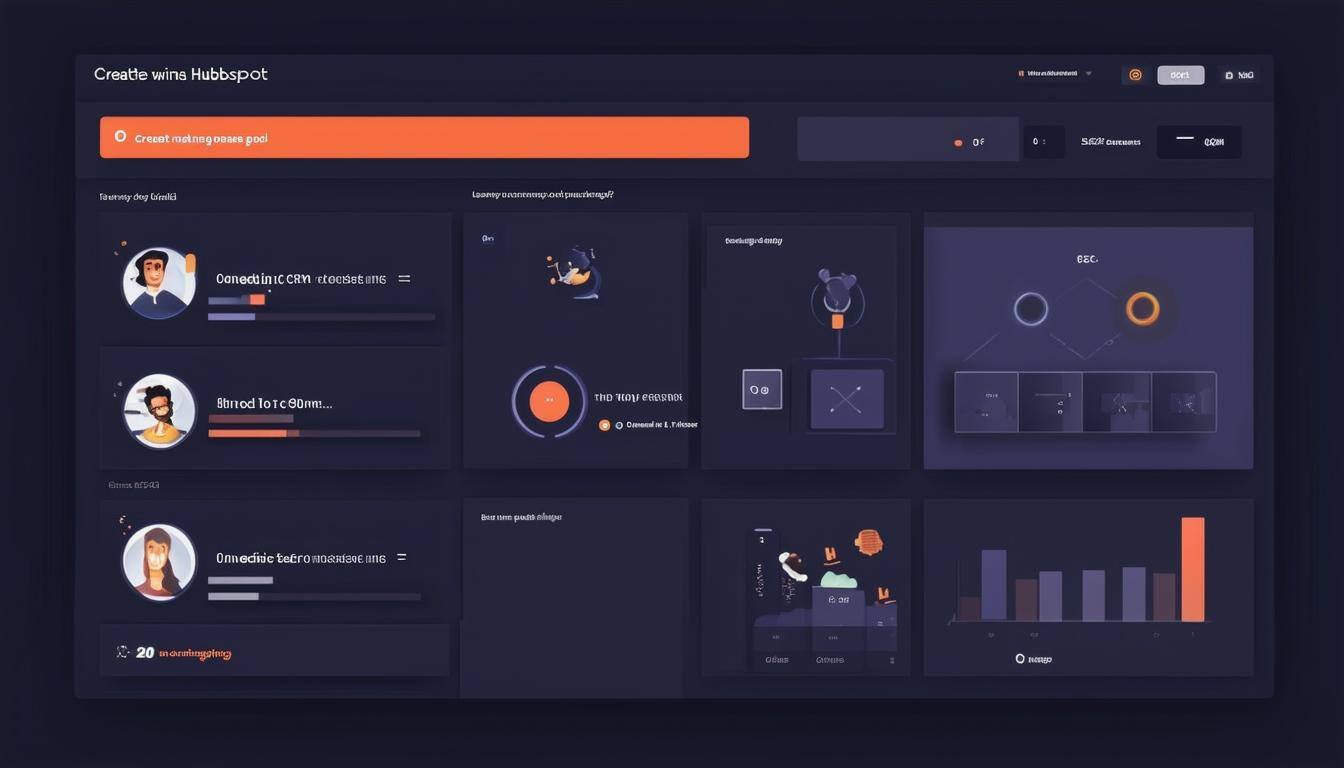Section 7: Transform Your Lead Strategy: Mastering HubSpot's Form Builder
Web forms are a crucial tool for lead generation, with 74% of marketers using them to capture leads effectively. Form builders, like HubSpot's, help convert visitors into potential customers by collecting their information seamlessly. This section will guide you through creating, customising, and deploying forms to optimise your lead generation strategy.
1. Types of Forms (00:43)
HubSpot offers several types of forms:
- Contact Forms: For inquiries and feedback.
- Lead Generation Forms: To convert visitors into leads.
- Order Forms: For product purchases.
- Registration Forms: For service sign-ups.
- Survey Forms: To gather customer insights.
Each form serves distinct purposes, tailored to your business needs.
2. Creating a Lead Generation Form (01:10)
Begin by navigating to Marketing and selecting Forms. Create a new embedded form using a blank template. Add essential fields such as email, first name, and last name. Include a captivating header and rich text to inform users of your offer. Ensure CAPTCHA is enabled to protect from spam, and craft a thoughtful thank you message for submissions.
3. Form Customisation and Styling (03:39)
Enhance your form’s appeal by adjusting its style. Customise fonts, colours, and shapes to align with your brand. Change backgrounds and button styles to make your form visually engaging and easy to use. This step ensures that your form not only functions well but also looks inviting.
4. Publishing Your Form (04:26)
Embed your form in a pop-up box on your website to catch visitors' attention. Set targeting options to display the form on specific pages, such as your homepage, and schedule its appearance for relevant dates. Customise the pop-up’s style and targeting features to maximise engagement and conversion.
5. Understanding Cookies in HubSpot Forms (06:22)
Cookies track visitors’ interactions with your forms for marketing purposes. When a visitor submits a form, a cookie is placed in their browser. Enable the option to create new contacts for different email submissions to avoid duplicate entries. This ensures accurate customer data collection and management.
Checklist for Effective Lead Generation with HubSpot Forms:
[ ] Decide on the type of form that suits your needs.
[ ] Navigate to HubSpot’s Form Builder and create a new form.
[ ] Add necessary fields and enable CAPTCHA.
[ ] Customise the form’s appearance to match your brand.
[ ] Embed the form on your website as a pop-up.
[ ] Schedule the form’s display timing appropriately.
[ ] Enable cookies to manage unique submissions accurately.
Conclusion
In conclusion, mastering HubSpot's Form Builder is essential for transforming your lead strategy and optimising your business's growth potential. By utilising the various form types, customising your forms to align with your brand, and strategically deploying them on your website, you can effectively capture and convert leads. Keep your lead generation efforts streamlined and impactful by following the checklist provided.
If you need any assistance or have questions about using HubSpot's Form Builder, feel free to reach out to our team at Crocodile Marketing. We are here to help you navigate the complexities of CRM and marketing automation. Contact us at Crocodile Marketing to ensure your lead generation strategy is as effective as possible.



